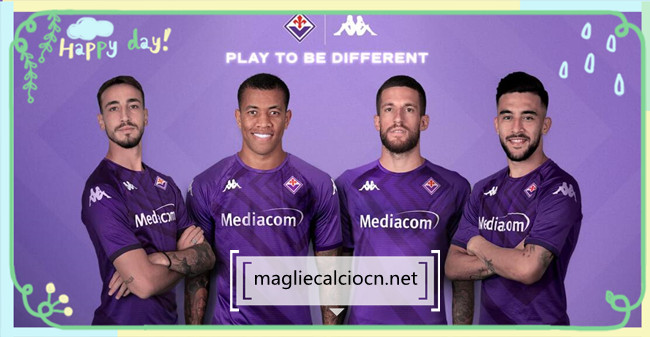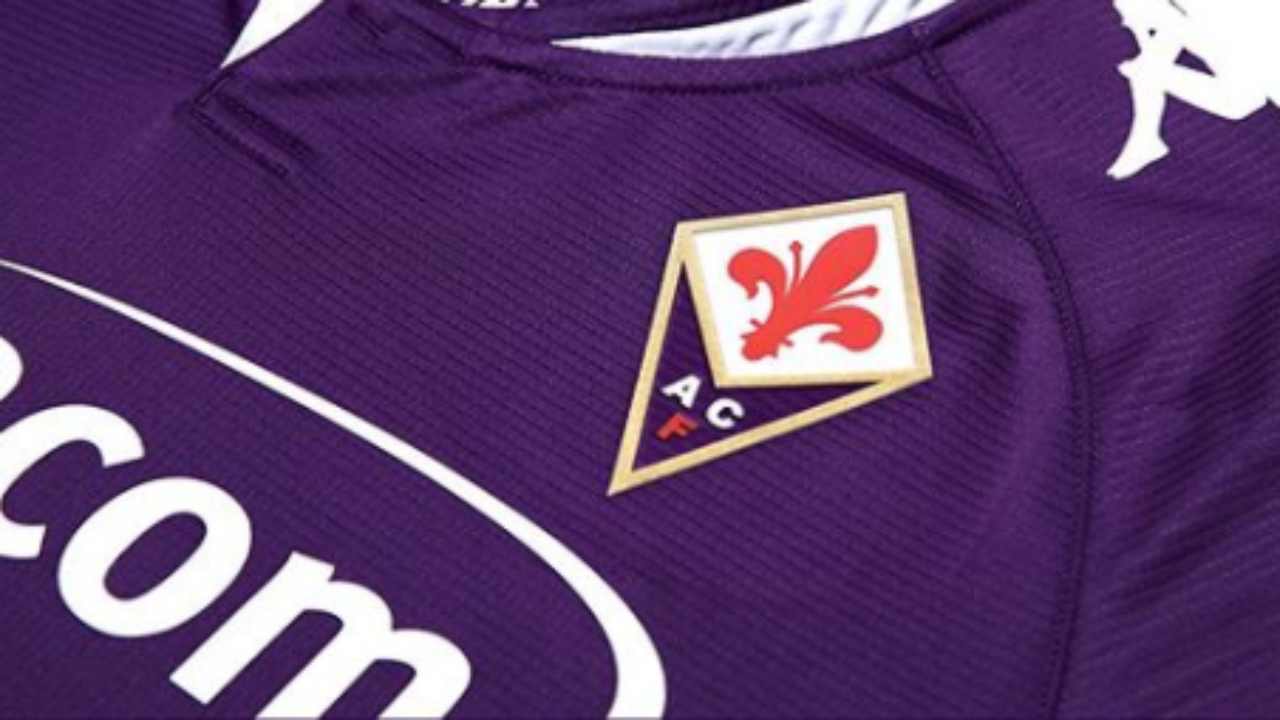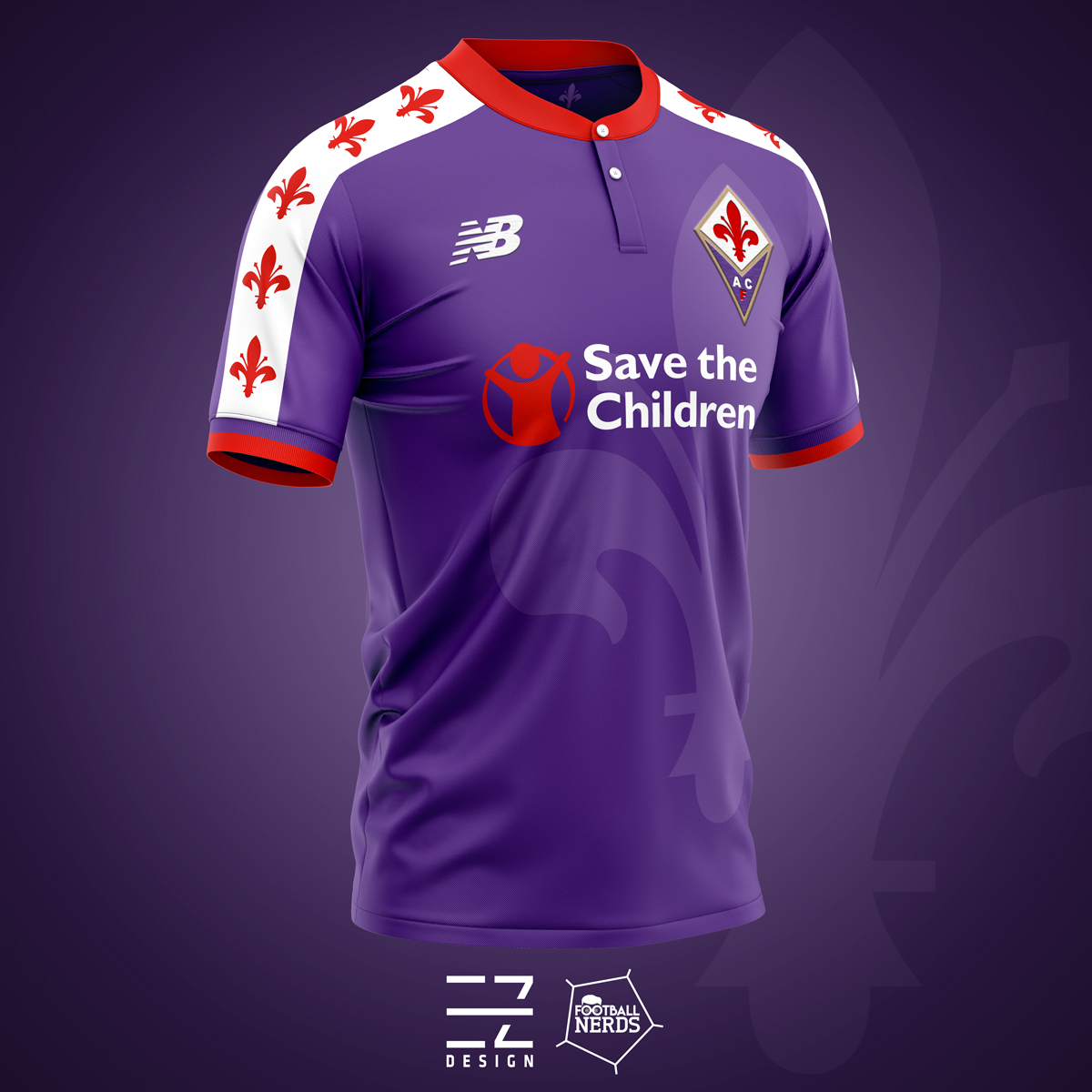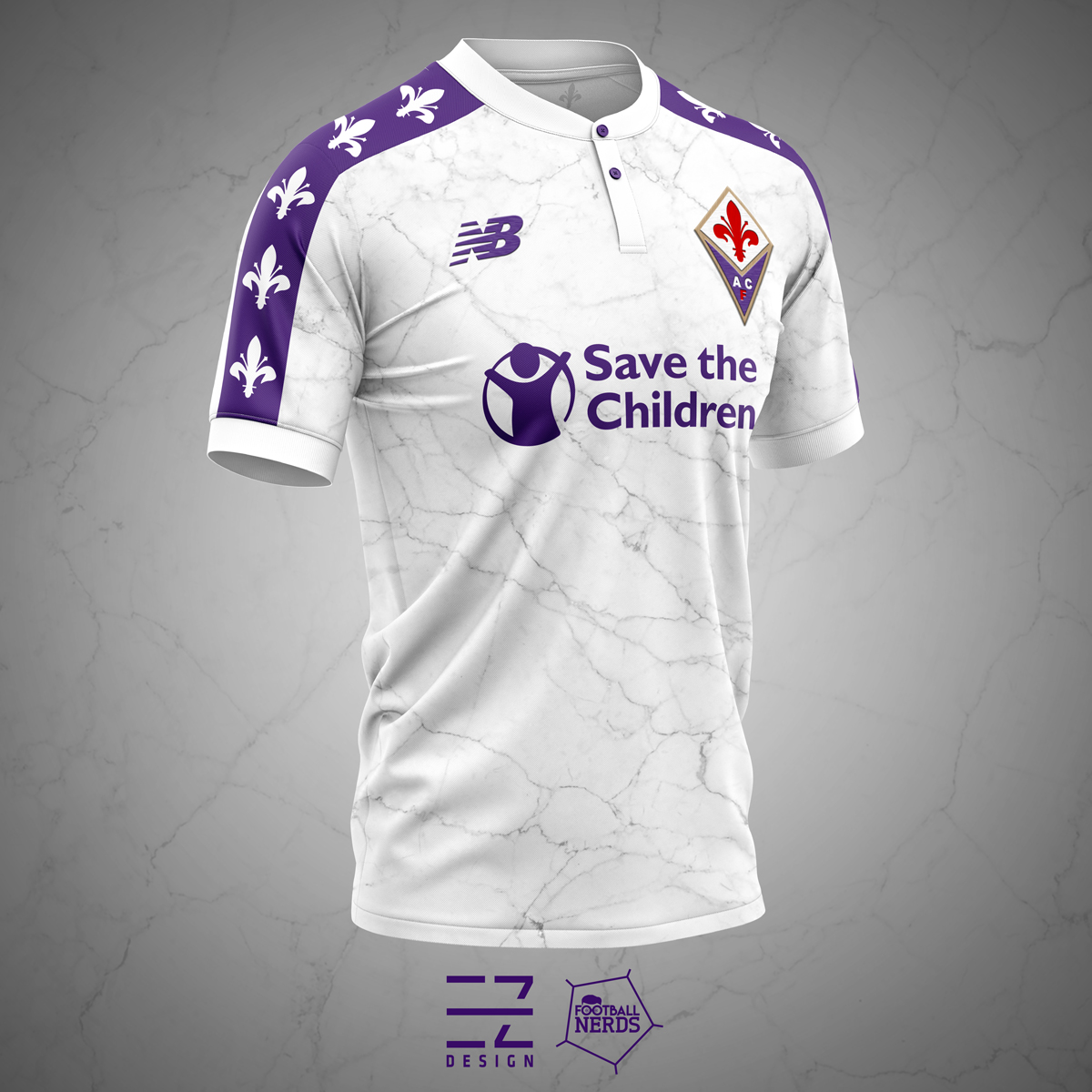
Nuove Maglie, La Fiorentina “batte” Tutti: è La Divisa Più Cara In Italia Viola News | luxarywedding.com

Maglia GARA REPLICA Ufficiale KOMBAT EXTRA Personalizzabile con NOMI e NUMERI GIOCATORI FIORENTINA Stagione 2022/2023

emmegraphic on Twitter: "| ACF Fiorentina | Kappa | Home shirt concept 🟣⚜️ #Fiorentina #Kappa #conceptkit #kitdesign https://t.co/PrUTNE2dYG" / Twitter

Play To Be La Fiorentina Presenta La Nuova Maglia Per La Stagione 2022/23 DAZN News Italia | luxarywedding.com

Nuove Maglie, La Fiorentina “batte” Tutti: è La Divisa Più Cara In Italia Viola News | luxarywedding.com

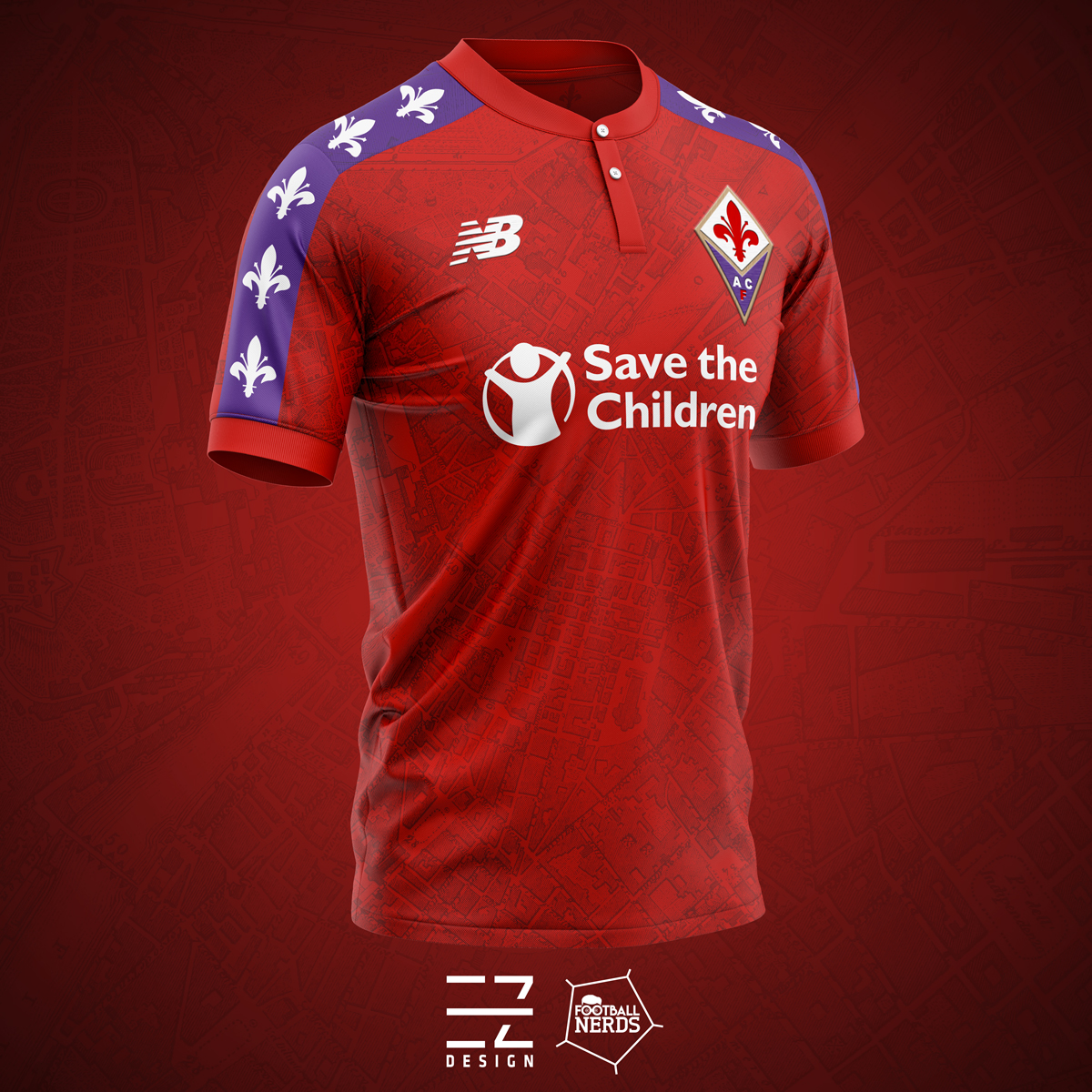

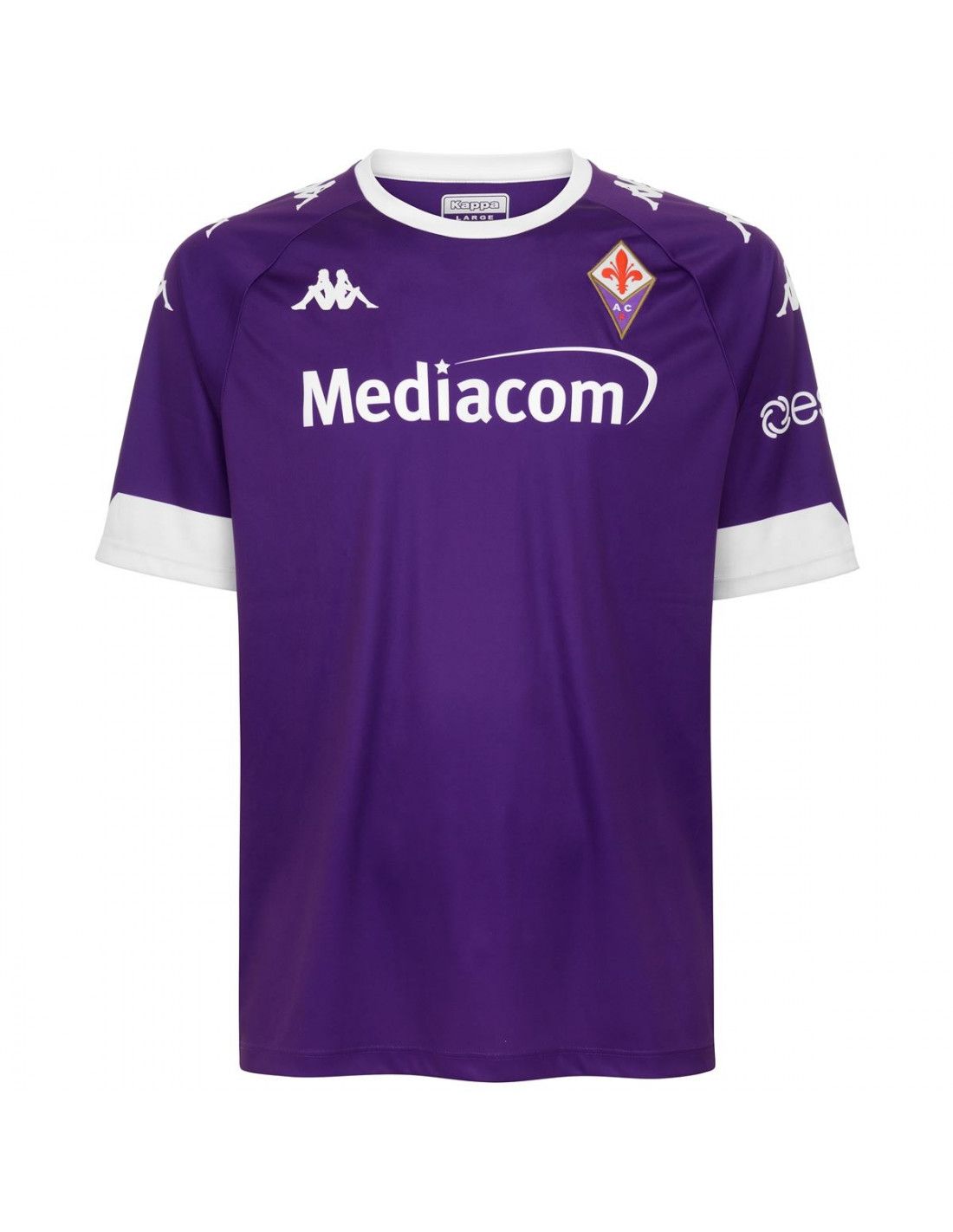






/www.violanews.com/assets/uploads/202008/news-viola/kappa-fiorentina.png)



